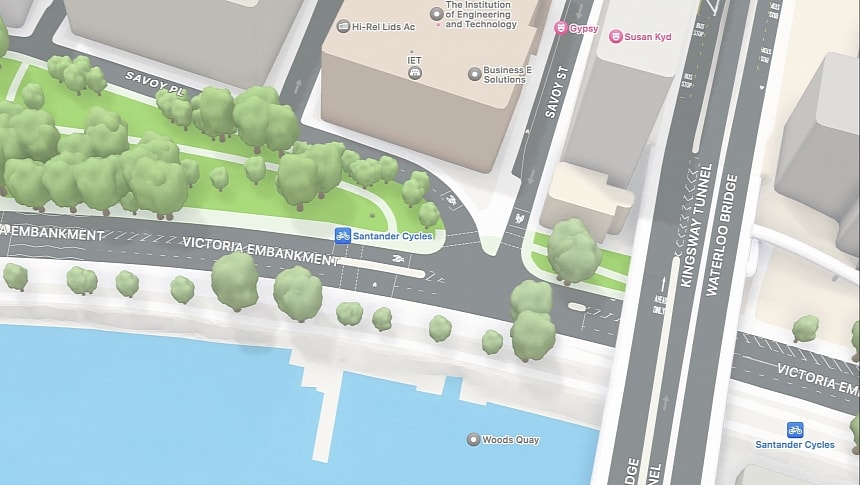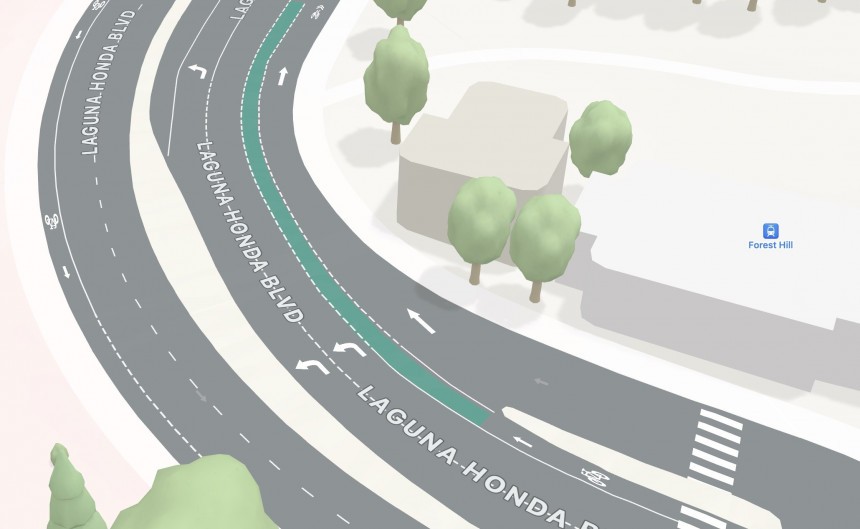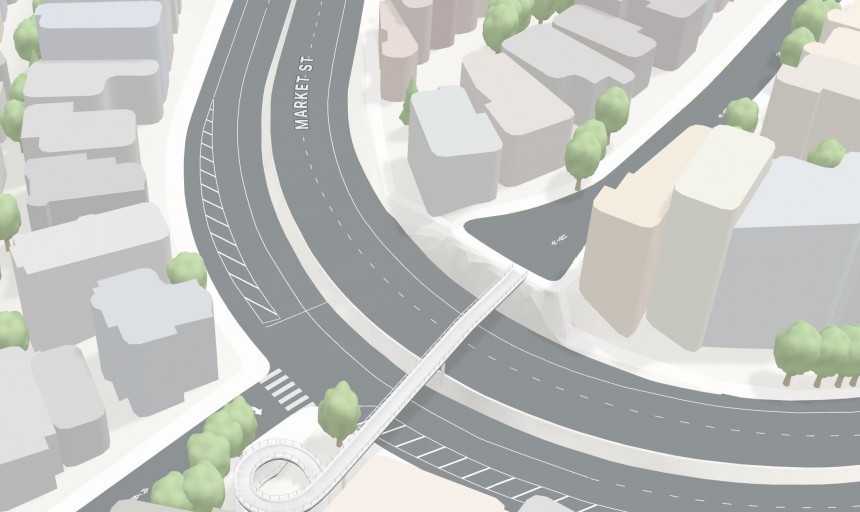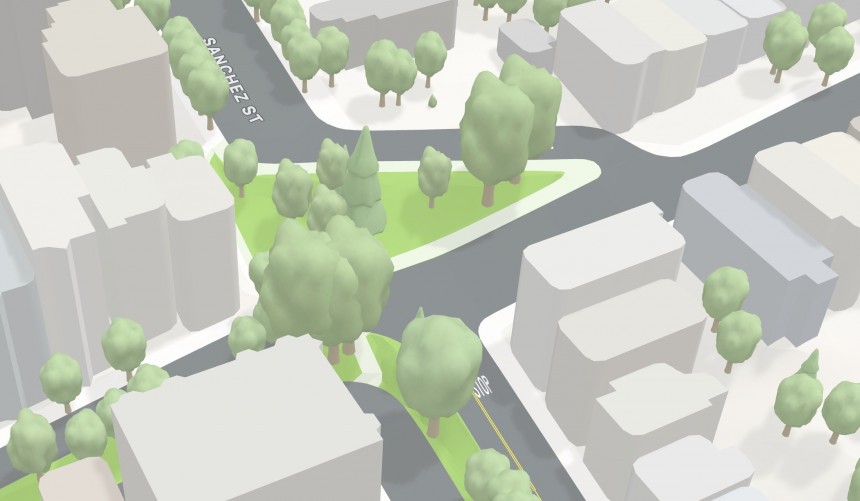Apple has become super-committed to improving Apple Maps in the short and long term, with the last couple of years bringing several notable updates.
The detailed city experience (still rolling out frustratingly slowly worldwide), the offline map support, and the instrument cluster integration are all signs that Apple wants Apple Maps to become a more advanced product.
Apple is known as a company with several big obsessions. First, the company is a big fan of walled gardens, and the iPhone is living proof of how this business model can work despite the restrictions. The push for enabling sideloading and other changes enforced mostly by the EU has broken the walled garden to some degree, but Apple is still a big fan of restrictions and limitations in what it claims to be a bid to protect users.
Second, the company built a strong ecosystem with products exclusively available to people who are already part of Team Apple. The Apple Watch is the perfect example. You can't get an Apple Watch without an iPhone, so if you own an Android phone, the only way to use the smartphone is to switch to the iPhone.
Apple's strategy involves nearly flawless marketing, so this approach is used as an incentive for someone interested in any of its products to become part of the entire ecosystem. Want to get an Apple Watch? You also need an iPhone. Are you a big fan of the iPad? You can use it if you already have an Android phone, but with an iPhone, you can keep your data in sync and have everything with you wherever you go.
Apple Maps is part of the strategy. But it's time for Apple to launch Apple Maps on Android.
The Cupertino-based tech giant has been working around the clock to improve Apple Maps. The detailed city experience is a gigantic effort to build a mapping platform to challenge Google Maps' domination in this space. It includes Apple's own maps, with details like medians, sidewalks, crosswalks, trees, and 3D landmarks. The DCE also revamps navigation, with Apple also adding a Waze-like incident reporting system to report accidents, speed traps, and other hazards.
Apple's purpose is to turn Apple Maps into a fully-featured mapping platform, but keeping it locked to the Apple ecosystem makes it impossible for the company's investments to reach their maximum potential. If Apple Maps becomes a fully featured Google Maps alternative, it must compete against it on all fronts, including Android.
Google Maps is already available everywhere, whereas Apple Maps remains exclusive to Apple devices. It doesn't even matter how advanced Apple Maps will eventually become because not being available where all users are is a major shortcoming for continuously increasing long-term adoption.
Apple probably wants to make Apple Maps another incentive for users to join its ecosystem. While the strategy worked for some products, it doesn't always make sense for services. And Apple knows this, too. It's the reason Apple has already released Apple Music on Android, as it needs as many users and subscribers to turn the service into a money-making platform.
Apple Maps goes behind the iPhone screen. It can be used in a car, both on the smartphone and the infotainment screen, and as Google taught us with Google Maps, a navigation solution can become a money-making platform. It's what Apple probably wants, too, as the company continuously seeks new revenue sources. iPhone is the top-selling product, but the smartphone market is approaching saturation, and the upgrade super-cycle is something we learn about every year but rarely happens.
iPhones sell well, but Apple's long-term strategy is continued growth. That's why the company is now seeking an expansion in the automotive space, where it can conquer new markets and product categories to increase its market cap.
Apple Maps can no longer be limited to Apple devices. Navigation solutions have become must-have companions for modern drivers, and we use them almost every second behind the wheel. The Waze-inspired incident reporting needs a gigantic userbase to work correctly, as otherwise, your product wouldn't have the community to fuel the engine and feed traffic reports into your system.
Keeping Apple Maps locked to the Apple ecosystem means only iPhone users can contribute with traffic reports, therefore limiting the potential of the entire feature. Apple Maps traffic reports are still scarce, even in the United States, where the feature has been available for nearly a couple of years.
Apple has never commented on a possible expansion of Apple Maps to Android, but the more competitive space and Google Maps conquering more platforms, including the car experience, gives the iPhone maker few options.
Time will tell if the company decides to explore the non-Apple ecosystems with products specifically eyeing market share, but the more time passes, the more difficult it becomes to win the battle.
Should Apple launch Apple Maps on Android? Let me know what you think in the box after the jump.
Apple is known as a company with several big obsessions. First, the company is a big fan of walled gardens, and the iPhone is living proof of how this business model can work despite the restrictions. The push for enabling sideloading and other changes enforced mostly by the EU has broken the walled garden to some degree, but Apple is still a big fan of restrictions and limitations in what it claims to be a bid to protect users.
Second, the company built a strong ecosystem with products exclusively available to people who are already part of Team Apple. The Apple Watch is the perfect example. You can't get an Apple Watch without an iPhone, so if you own an Android phone, the only way to use the smartphone is to switch to the iPhone.
Apple's strategy involves nearly flawless marketing, so this approach is used as an incentive for someone interested in any of its products to become part of the entire ecosystem. Want to get an Apple Watch? You also need an iPhone. Are you a big fan of the iPad? You can use it if you already have an Android phone, but with an iPhone, you can keep your data in sync and have everything with you wherever you go.
The Cupertino-based tech giant has been working around the clock to improve Apple Maps. The detailed city experience is a gigantic effort to build a mapping platform to challenge Google Maps' domination in this space. It includes Apple's own maps, with details like medians, sidewalks, crosswalks, trees, and 3D landmarks. The DCE also revamps navigation, with Apple also adding a Waze-like incident reporting system to report accidents, speed traps, and other hazards.
Apple's purpose is to turn Apple Maps into a fully-featured mapping platform, but keeping it locked to the Apple ecosystem makes it impossible for the company's investments to reach their maximum potential. If Apple Maps becomes a fully featured Google Maps alternative, it must compete against it on all fronts, including Android.
Apple probably wants to make Apple Maps another incentive for users to join its ecosystem. While the strategy worked for some products, it doesn't always make sense for services. And Apple knows this, too. It's the reason Apple has already released Apple Music on Android, as it needs as many users and subscribers to turn the service into a money-making platform.
Apple Maps goes behind the iPhone screen. It can be used in a car, both on the smartphone and the infotainment screen, and as Google taught us with Google Maps, a navigation solution can become a money-making platform. It's what Apple probably wants, too, as the company continuously seeks new revenue sources. iPhone is the top-selling product, but the smartphone market is approaching saturation, and the upgrade super-cycle is something we learn about every year but rarely happens.
Apple Maps can no longer be limited to Apple devices. Navigation solutions have become must-have companions for modern drivers, and we use them almost every second behind the wheel. The Waze-inspired incident reporting needs a gigantic userbase to work correctly, as otherwise, your product wouldn't have the community to fuel the engine and feed traffic reports into your system.
Keeping Apple Maps locked to the Apple ecosystem means only iPhone users can contribute with traffic reports, therefore limiting the potential of the entire feature. Apple Maps traffic reports are still scarce, even in the United States, where the feature has been available for nearly a couple of years.
Time will tell if the company decides to explore the non-Apple ecosystems with products specifically eyeing market share, but the more time passes, the more difficult it becomes to win the battle.
Should Apple launch Apple Maps on Android? Let me know what you think in the box after the jump.











